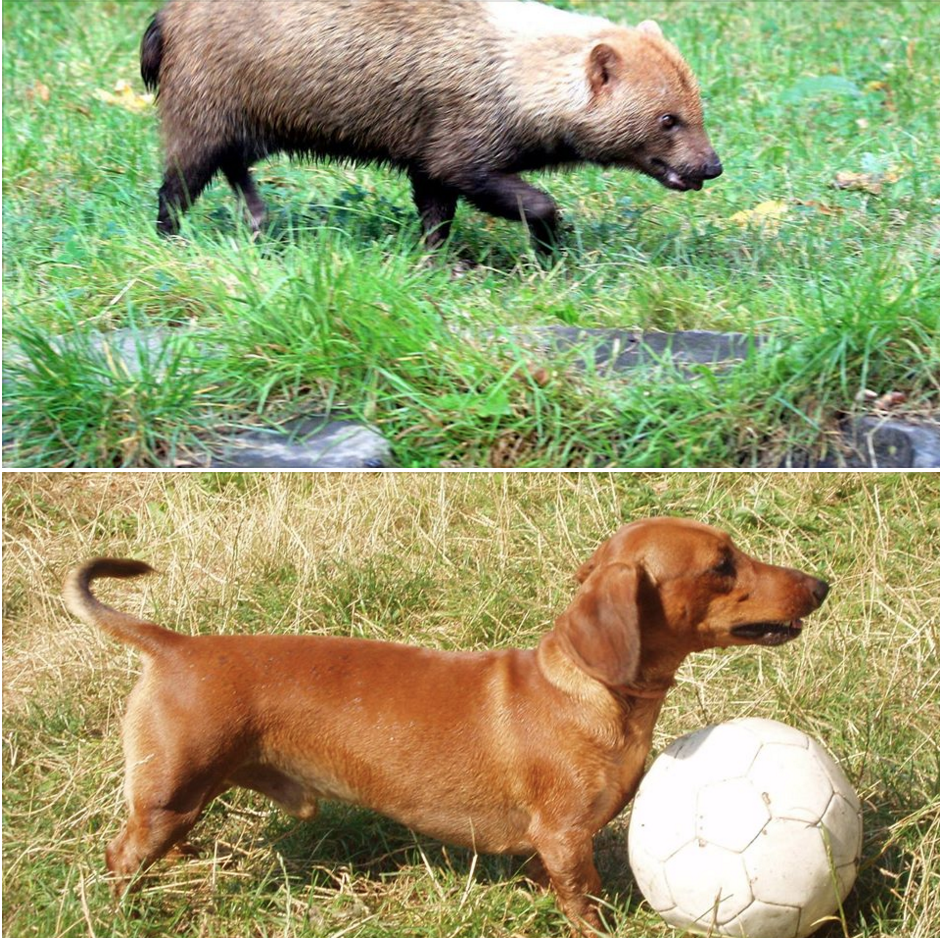
Learning about how our dogs work (mechanically speaking) in piecemeal fashion is no way to adequately learn about dog structure, but if a thumbnail post persuades even one reader that breeds are built for a reason rooted in their intended job, and that soundness still matters in a dog that will never set foot in a show ring, mission accomplished. The subtitle to this post could be that three of the most important words in purebred dogs are: “form follows function.”
If you are not a dog person (yet), let us put this in different terms. With the exception of Allen Iverson who stood at a mere 6′, there’s a reason that the average height of professional basketball players in the NBA have been approximately 6 feet 6.74 inches since Iverson’s time. Or why swimmer Michael Phelps, the most decorated Olympian of all time, had a body is uniquely suited for swimming with his long torso, large wingspan, and flexible ankles allowing for powerful kicks.
As for dogs, check out the photo of this bush dog. Because this South American critter sleeps in hollow logs and earth cavities, it spends half its day underground. But there’s another reason the bush dog spends so much time in tunnels and burrows: It eats what lives there. If it can’t get to dinner, the bush dog doesn’t eat. If it doesn’t eat, it dies. The bush dog’s body has evolved to be low enough to slide into a burrow to pursue dinner, but have enough leg to backpedal and avoid injury, and still be able to “fold” so it can crawl through a burrow. It can’t have so much chest that the chest scraps along the dirt floor, but a “long chest” gives the bush dog’s heart and lungs enough room to expand without making its shoulder assembly too wide. The longer the rib-cage, the more air can be processed.
Guess what else is built this way? The Dachshund, of course, and except for the eating part, it’s for much the same reasons.
Image of Bush dog from the Prague Zoo was uploaded by Karelj and found on Wikicommons under the Creative Commons Attribution-Share Alike 3.0 Unported license. Image of the Dachshund was from the same source but uploaded by Користувач:Turzh.
